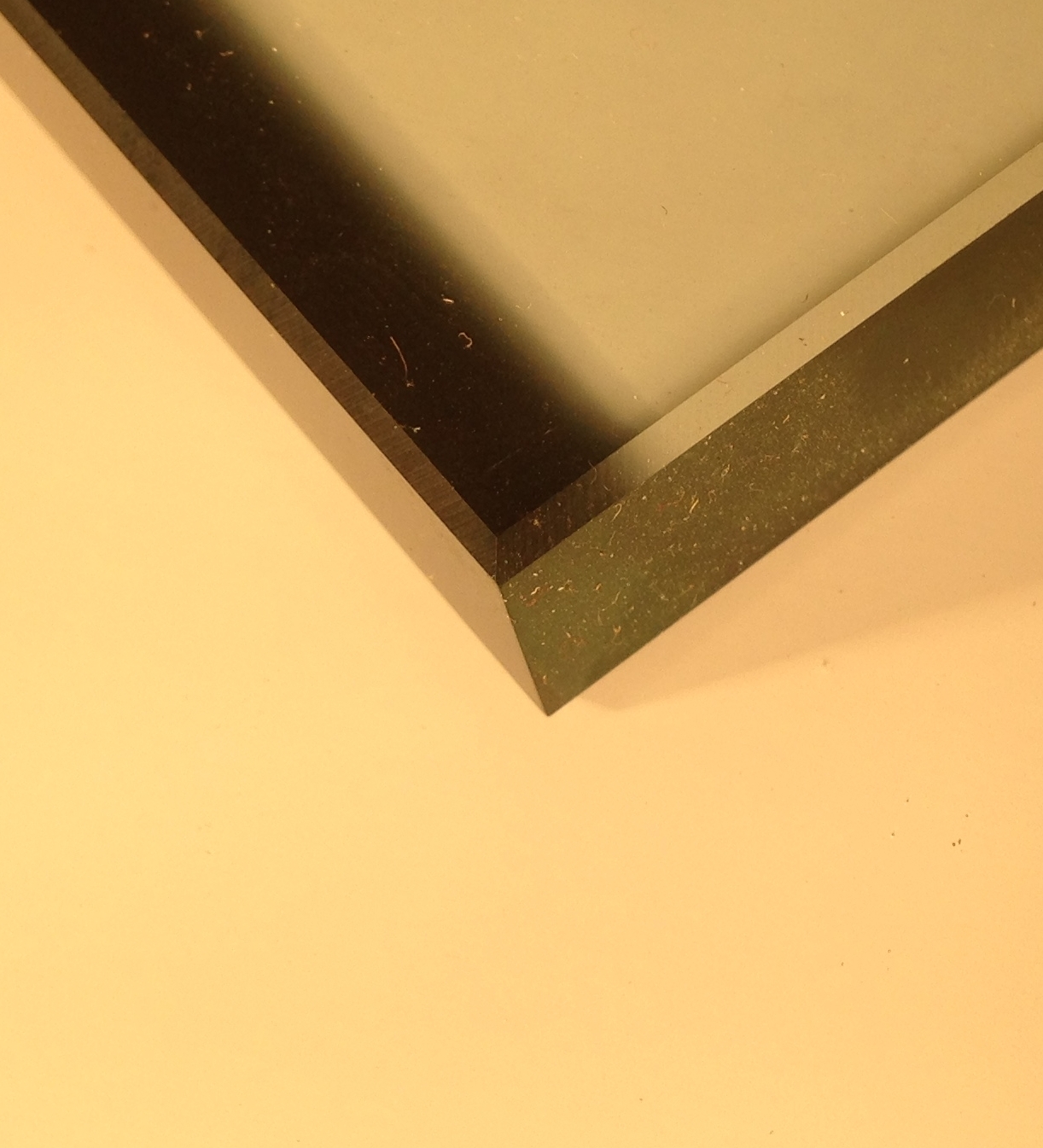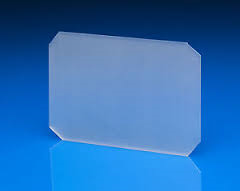Below is some terminology and other technical information commonly used in the glass industry. Take a moment to review so when we discuss your glass project we can make sure we're all on the same page.
Annealed glass - This basic glass type that has enough strength to allow it to meet the minimum loads and stresses required for architectural and building applications. Annealed glass can be used in areas where wind-load, impact, thermal stress and safety issues are not a concern.
Heat strengthened glass - Glass that has been heat treated to resist higher wind-load and thermal stress. This glass type is typically about twice as strong as regular annealed glass, but does not meet criteria to be considered safety rated glass. Due to the process of making heat strengthened glass, some visual distortions are to be expected when viewed in certain lighting conditions.
Tempered glass - Glass that has been heat treated to resist even higher wind-load and thermal stress than both annealed and heat strengthened glass. This glass type is typically about four times stronger than regular annealed glass and about twice as strong as heat strengthened glass. This glass type meets requirements for use in safety rated areas. Due to the process of making tempered glass, some visual distortions are to be expected when viewed in certain lighting conditions.
Laminated glass - Two or more pieces of glass typically bonded to each other with a plasticized polyvinyl butyral (PVB) interlayer. Laminated glass can be made with annealed, heat strengthened and tempered glass. Laminated glass doesn't make the glass stronger but holds the glass together if it were to break, meeting the requirements for safety rating glass.
Frosted glass - Most frosted glass is made by etching one surface of the glass with acid or sandblasting. Acid etched is the more common type of frosted glass because it is done in a uniform manner on large sheets which are then cut to size. Sandblasting is usually only done if just a portion of the glass needs to be frosted for a logo or design. Sandblasting is typically done by hand and there can be differing levels of etching on the same piece of glass.
Pattern/Textured glass - Pattern/Textured glass will typically have one smooth surface and the other side will have the pattern/texture. The different designs available vary widely. These types of glass are mainly used for decoration (cabinet door glass, etc.) and/or privacy (windows, doors, etc.).
Mirror - Mirrors are made using regular clear annealed glass and applying a layer of silver to create the mirror effect and another layer protecting the silver coating from damage. Mirrors are typically not made with heat strengthened or tempered glass because the visual imperfections inherent with heat treated glass can create a "funhouse" reflection not desirable for most design intents. Mirrors are typically installed with mastic (glue) to hold the mirror to the wall and either an "L" or "J" bar to keep the mirror from sliding down the wall. Mirrors can also be installed in a frame. In some mirror installations where safety may be a concern, such as in gyms and on the back of doors, a safety backing can be applied to the mirror to keep it from seriously injuring anyone if the mirror is broken.
Finished edge types - Glass that will have an exposed edge (frameless mirrors, all glass doors, etc) will usually have the exposed edges finished to improve appearance and make it safer to handle. Many different edge types are available but the most common it the Flat Polish which is used in most exposed edge applications.
CORNER TYPES
Below are the different thicknesses available and common uses for each thickness...
1/16" glass (single strength)
- Replacement window glass insingle pane and double pane applications
- Cabinet door glass
- Picture frame glass
1/8" glass (double strength)
- Replacement window glass in single pane and double pane applications
- Cabinet door glass
- Picture frame glass
3/16" glass
- Replacement window glass in single and double pane applications
- Cabinet door glass
- Semi-frameless and framed glass shower enclosures
1/4" glass
- Replacement window glass in single pane and double pane applications
- Cabinet door glass
- Semi-frameless and framed shower enclosures
- Table top glass
- Glass shelves
- New or replacement window glass in single or double pane applications
- Glass shelves
- Sidelites
- Clearstory/Borrowed lite glass
- Table top glass
- Decorative glass
3/8" glass
- Glass shelves
- Glass tables
- Frameless glass shower enclosures
- Stationary glass panels (walls, sidelites, etc.)
- Sidelites
- Clearstory/Borrowed lite glass
- Decorative glass
- All glass doors
- All glass walls
1/2" glass
- Glass shelves
- Glass tables
- Frameless shower enlcosures
- Stationary glass panels (walls, sidelites, etc.)
- Handrail glass
- Clearstory/Borrowed lite glass
- Decorative glass
- All glass doors
- All glass walls
- Awning/Canopy glass
- Handrail and guardrail glass
5/8" and 3/4" glass
- All glass doors
- All glass walls









